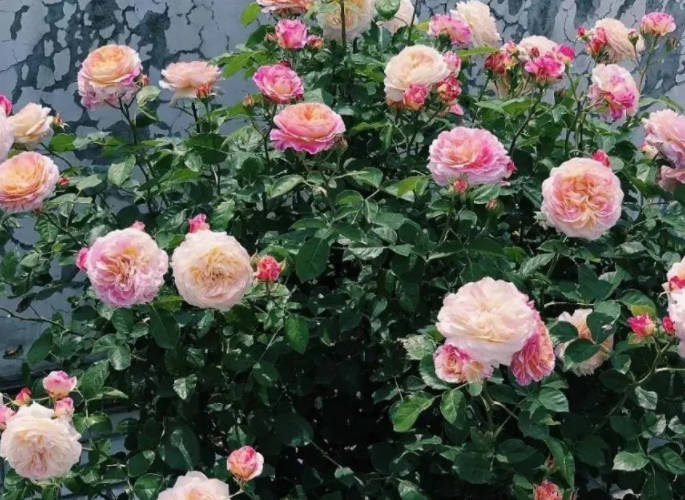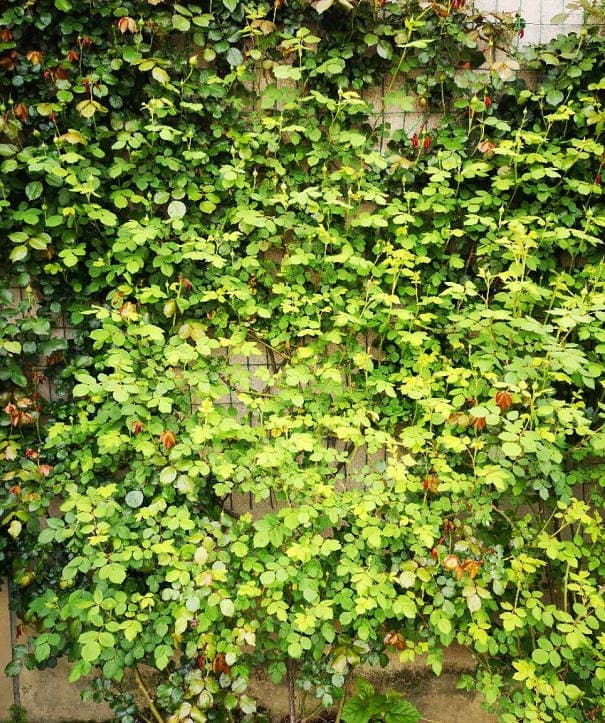Why Do Roses Lose Color? 3 Surprising Reasons
Many flower lovers have encountered such confusion: obviously planted pink or red roses, after blooming the color is getting lighter and lighter, or even become white or pinkish-white. What is going on here?
In fact, this phenomenon is very common in rose planting, especially for novice flower lovers may be difficult to understand. Today, we will analyze in detail the three main reasons that cause the color of rose blooms to fade.

1. Influence of temperature
The standard flower color of roses is usually shown in spring and autumn, while the flower color tends to become lighter in the high temperature of summer.
Typical performance:
- A rose that was originally pink may produce nearly white flowers in the summer.
- Striped varieties of roses, the stripes may become blurred.
- Gradual color varieties (e.g. ‘Red Double Happiness’ ‘Duke of Monaco’) may have only a faint reddish edge, or may even turn completely white.
Causes:
The color of roses is strongly influenced by the temperature difference between day and night. Warmer conditions (e.g., spring and fall) contribute to brighter flower color, while summer heat inhibits pigmentation, resulting in lighter color. This phenomenon is similar to how greenhouse-grown watermelons are sweeter or succulents are more prone to conditioning, both of which are centered on temperature differences.

2. Influence of light
If the color of roses is still pale in spring and fall, we should consider whether there is enough light.
Typical performance:
- Not only pink and variegated varieties are affected, but also deep red, yellow and other usually stable flower colors may become pale.
- A prolonged lack of light can also cause the plant to grow unduly and produce fewer flowers.
Solution:
- Roses need at least 4 hours of direct sunlight per day, so try to plant them in a location that receives as much light as possible.
- In case of rainy days, it is unavoidable that the color of the flowers will fade, so you have to wait for the weather to improve.

3. Fertilizer management
Insufficient nutrients can also lead to pale flowers, or even smaller and deformed flowers.
Common misconceptions:
Many flower lovers think that “if I apply fertilizer, I won’t be short of fertilizer”, but in fact:
- The amount of fertilizer needed by large roses is much higher than that of small seedlings, and diluted water-soluble fertilizer alone may not be enough.
- Too low a concentration of water-soluble fertilizer or too long an interval between fertilizers can also lead to nutritional deficiencies.
Optimization:
- Water soluble fertilizers: apply regularly (e.g. once a week) to ensure the right concentration.
- Long-lasting fertilizers: Match with fermented organic fertilizers or controlled release fertilizers to release nutrients slowly and avoid short-term shortage of fertilizers.
- Special advice: busy florists can use more organic fertilizers, so that roses can grow healthily even if they forget to fertilize occasionally.





